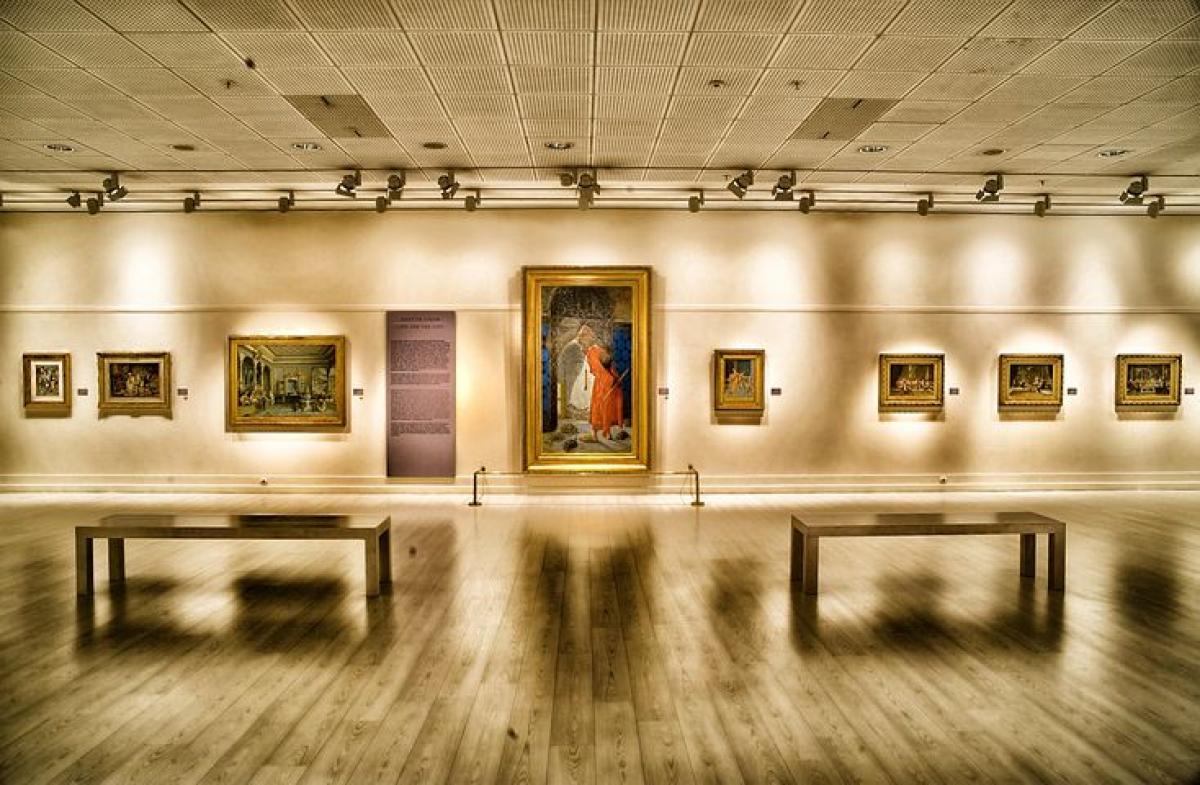In Beyond Wall Street Episode 1, Jan Brzeski of Arixa Capital interviews Alan Snyder of Shinnecock Partners. Beyond Wall Street is where expert investors make their unique investment strategies easy to understand.
Jan Brzeski: I know you've been active lending on fine art. Can you tell us a little bit about how you got into it and how it works?
Alan Snyder: A friend of mine, running a multi-billion-dollar credit fund in New York, said, “Hey Snyder, we’ve got a $100 million book against fine art, museum quality lending, and you got to take a look at it.” So, I did, and the deeper I looked, the more I thought it was the cat's pajamas. Basically, we're lending against museum quality, highly vetted art. We’re doing inventory finance on a collateralized basis. And as a lender the critical thing of course is getting paid back. The gallerist dealer has an extreme reputational risk if they are not forthright with us. And if they lose their reputation, they're out of the art business. Nobody will play with them. So, we're basically doing one year term loans and the borrower pays the insurance and storage costs. We're taking delivery of the underlying collateral. Man, compare that to lending against equipment, auto, a house!
Jan Brzeski: So, the gallery that has a collection, they want to pledge it and borrow against it. Are they paying an 8% interest rate and a point upfront as a fee to your firm or something other than that? What do the numbers look like for them?
Alan Snyder: We're charging somewhere between 9 and 13%.
Jan Brzeski: How do you determine the pricing? Because that's a pretty wide range. Is it based on the risk? Is that how you try to do it, or is it based on the need to maybe move quickly, and if they have to force you to do all your diligence super quickly then you charge them a higher fee for that?
Alan Snyder: All of the above. We want the ability to sell the art in case there’s a default. Now, different types of art have a different capacity for resale. Let me give you an example. Old Masters. We just were lending against a Titian. Fantastic piece of art, but they don't trade frequently. So, there we will use a lower loan-to-value ratio and maybe a higher rate. Modern Art - think postwar - what would be an example? Picasso. Here you'll have a somewhat higher loan-to-value ratio. And since it's well known, great provenance, authenticity, all of that wrapped into one, the rate will be a little lower.
Jan Brzeski: What percentage of these loans extend in any given year, and do these loans ever pay off or have you found that people tend to just keep paying the rate, so that they can use the money on other things? Because I assume you don't really have a motivation, you have a great loan that's performing at a low loan-to-value, you're not in a rush to get a paid off right?
Alan Snyder: All the work in art, unlike specialty lending, is upfront so we're happy to renew. Why do we like one year term loans? Because before we renew it, 90 days before renewal, we will get an updated appraisal.
Jan Brzeski: So what is the single biggest risk that you worry about with your strategy? What is the first thing on the list of things that could cause you to lose money on these loans?
Alan Snyder: You have to get comfortable with the art. The provenance of the art, the chain of title with the art, are two critical things and, correlatively, the value of the art.
To hear the entire interview, click here:




